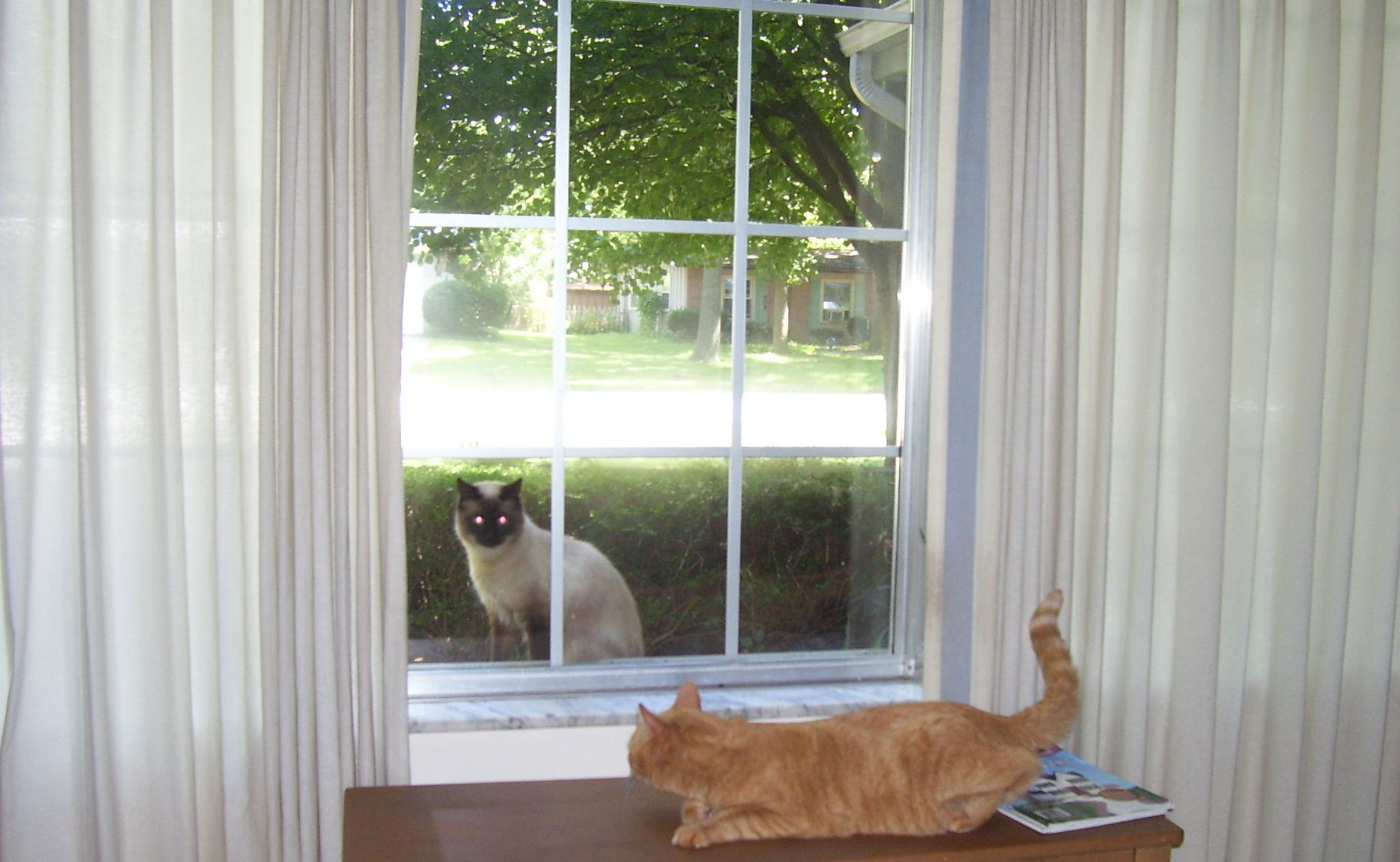
by Scott Howard | Apr 29, 2013 | Monday Money, Really? The Personal ScLoHo
What’s better, the lowest price or the best quality?
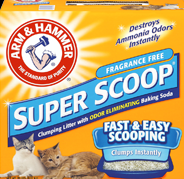
Cat Crap Stuff
It depends, and it’s entirely up to you.
This Monday Money stems from a conversation I had with a friend about cat litter.
He noticed that in Sundays paper the price ranged from 9 to 15 dollars for 20 pounds of poop powder.
By the way, this friend does not yet own a cat, he’s just considering it and figuring out the cost.
For the past dozen years my wife and I have had 1 or two cats and I’m the cat litter guy.
I told him, forget the price, all of the brands he was looking at are inferior to the Arm & Hammer brand I usually buy.
He thought I was crazy. After all this is the stuff that your cat pees and poops in and then you throw it away. What difference does quality make?
Quality regarding cat litter means odor control. It also relates to how often I have to scoop the poop and how often I have to do a complete change.
Spending $10 on a bargain brand of the stuff versus $20 on the litter I buy would be foolish if you truly count the cost in pure dollars. My $20 box is going to last more than double the days the cheap stuff lasts. Add in the other factors I mentioned and it’s easy to see why I spend more to save both money and time.
As you are looking for ways to spend less or make your money stretch further, I challenge you to go beyond the price and also consider the other factors. Perhaps you’ll uncover, like I did a few surprises that at first glance appear counter to saving, but are hidden values.
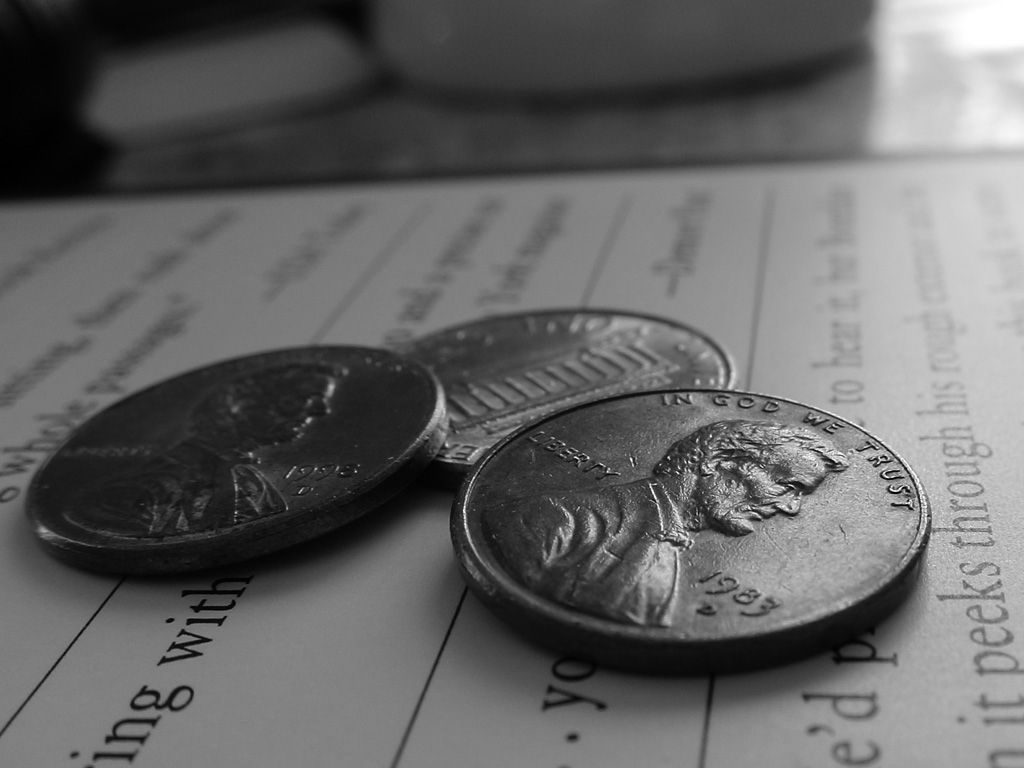
by Scott Howard | Apr 22, 2013 | Monday Money
Monday Money is a series I started late last year when my wife and I discovered we could cut $2,000 to $3,000 from our annual expenses.
Besides sharing the original steps we took, I’ve been occasionally adding additional tips.
Before we made the conscious decision to cut expenses, we were eating out most weekends, on both Friday and Saturday nights.
One way we cut back was to reduce the number of times we did this from 8 times a month, down to about 5.
That’s a 3/8 or 37.5% cut in the number of times we spent money paying someone else to prepare our food, serve us and clean up.
The portions at most restaurants are at least double what we should eat for one meal. We used to each buy our own meals, and take home the leftovers. That’s another way to save. If you were to look in our refrigerator, you’d find a collection of styrofoam.
A few years ago, after recovering from gallbladder removal surgery, my wife and I went out to eat one weekend and decided to split a meal that included shrimp, chicken, a small steak, veggies, and sweet potato. It was very filling and we discovered instead of spending $45 for the two of us, we spent $25. That’s a 44% savings.
.Try a combination of these ideas and I’m sure you can trim some of the fat from your dining out budget too.
- Eat Out fewer times per month.
- Eat a Portion of your meal and take the leftovers home for a second meal.
- Split your meal with your dining partner and spend less upfront.
As a point of reference regarding meal size, 40 years ago a meal from McDonalds used to be a regular hamburger or cheeseburger, small fries and a drink. (If you were good your parents would let you have a shake instead of a coke.) This was the standard meal for both kids and adults, except growing teenagers might get two burgers. Today, what I described is a Happy Meal, marketed to young kids only. For an excellent comparison of portion sizes, read this from Divine Caroline: http://www.divinecaroline.com/self/wellness/portion-size-then-vs-now
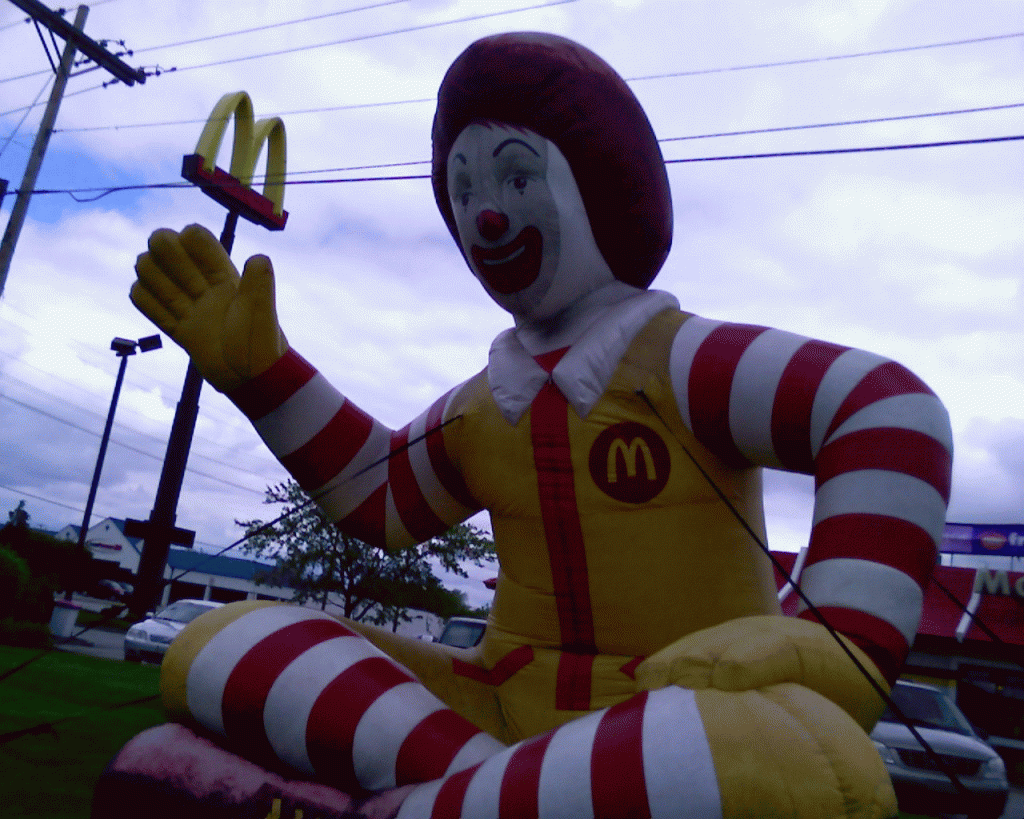

by Scott Howard | Apr 15, 2013 | Monday Money
It’s a dilemma lots of folks face.
Eat what you can afford or eat healthy.
Eat what’s quick and easy, or go hungry.
Alright, that last one isn’t going to happen, but the first one is a common problem.
After all, when you can get a pizza for $5.00 to feed a couple people, it’s tempting.
Today’s Monday Money is about food.
At our home we are down to two adults. All of the kids are gone & occasionally we have friends or family over to share a meal.
In our quest to see how we could save a few bucks, I looked at what we eat. I do a portion of the cooking and shopping for food.
Saturday night I prepared scallops with a garlic pepper sauce that a friend makes and served with stir-fry veggies and rice.
A pound of frozen scallops I bought a couple weeks ago for $5. The stir fry was a frozen bag of veggies with the rice included I picked up for a buck a few months ago.
In ten minutes I had a meal for two that we thoroughly enjoyed. Total cost was under $7.00. The night before we treated ourselves and a neighbor to dinner out and walked out with a bill for $50. It was also delicious but which would you rather spend?
Sunday I decided to plan my breakfast and lunch for the upcoming work week. A couple months ago I bought some plastic containers for a dollar apiece to transport my lunch from home to work each day. In my old job, I had lunch out every day at a cost of $5 to $10 a day or more if I was with a client. Now with my current position, I am in the office all day and have access to microwaves and refrigerators.
This week, my lunch will be less than $3 a day and much healthier than what I used to eat. Everything I bought was on sale. None of it involved a lot of preparation.
I packed my lunch for Monday, Wednesday and Friday in those plastic containers so they’re ready to grab and go each morning. Each container has 3 compartments which have
- Salad
- Fresh Carrots
- Cottage Cheese
I like crunchy foods. The carrots will be a snack. The cottage cheese will be my salad dressing. It’s healthier than most bottle dressings. I also have an apple each day.
Tuesday and Thursday this week will be my Tuna days.
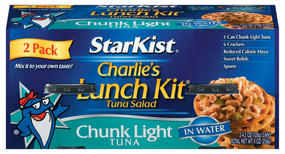 This has tuna, mayo, relish and crackers. You get to mix the ingredients to include as much or as little mayo you desire. I also have a couple yogurts that I’ll take and I might bring some soup. I found some pretty healthy varieties (except for the amount of salt) that I’ll bring Tuesday and Thursday.
This has tuna, mayo, relish and crackers. You get to mix the ingredients to include as much or as little mayo you desire. I also have a couple yogurts that I’ll take and I might bring some soup. I found some pretty healthy varieties (except for the amount of salt) that I’ll bring Tuesday and Thursday.
Breakfast will be different too. I’ve been spending about $4 a day each morning at Arby’s. I’m going to cut that down to 2 days a week instead of 5 and have cereal on the other 3 mornings before I leave home. Costs less and less calories.
The key to this has been to take it one step at a time, try a few things, allow some splurges but by planning it ahead of time, it works.
I still get my Diet Mt. Dew every day, but I’ve added three bottles of water each day too. My version of bottled water is to refill the bottle instead of buying bottles of water.
Do you have any tips to add to eat healthy on the cheap?

by Scott Howard | Feb 11, 2013 | Monday Money, Really? The Personal ScLoHo
This weeks Monday Money tip is based on something we’ve been doing more of recently.
Free movie rentals from our public library.
1st let’s look at the alternatives.
Friday nights are when movies debut in most theaters. Price for 2 tickets are going to range from $16 to $24 just to get in the door. Add in snacks and you have another $10 to $30 on your credit card.
That’s just for 2. Got kids? You need a 2nd mortgage or 2nd job to take the family to the movies.
Even if you go to matinees, or the “Dollar Shows”, you still spend something on snacks I bet.
Blockbuster Video was a great alternative we thought about 10 years ago. I was renting videos when they were still on VHS tape, not DVD’s.
Then we started renting from a smaller chain, closer to home, Family Video.
This was our habit for quite awhile. Here’s the problem:
We were still spending $3 or more for movies.
Why more? We would check out 2 or more at a time in case one of the movies either:
- Blowed
- Was one that we saw before.
The friendly folks at the video store would never tell us that we already saw a movie, they just happily took our money.
So a few other alternatives:
- Netflix. Okay, but you’re still paying
- Redbox. Again, okay, but you’re still paying.
My goal was to reduce the cost of viewing movies to even less.
Enter the old standby. My public library.
If I truly want free movies, I need to factor in the travel cost.
In Fort Wayne, we have a county wide library system which means several branches which means easy access to at least a couple of locations nearly every day.
Now we can check out free movies with a three day or longer checkout. We can even place a hold on a movie, reserve it ahead of time, or renew it online.
Free Movies from the library have been another way for us to reduce our monthly expenditures with very little sacrifice.

by Scott Howard | Feb 4, 2013 | Monday Money, Really? The Personal ScLoHo
A Different slant to Monday Money today…
I want to call to attention the contrast between not having enough, and having more than needed.
I have been blessed to never have an empty kitchen.
Growing up in a middle class family in the midwest, our kitchen cupboards were never empty.
As a single teen moving out on my own, I don’t recall the contents of my kitchen cupboard, but there was always something.
Now my wife and I are looking around our home and slowly but surely, we are using up, giving away, selling, or getting rid of stuff.
Creative cooking has resulted in some tasty dinners using every thing from old boxes of pasta to canned soups, fresh veggies that aren’t nearly as fresh and a few spices.
My wife also has a habit of sharing leftovers. Some may think, “Who wants second-hand food?” But the recipients usually see it as a quick and easy microwave ready meal!
We really don’t have a food shortage in this country, we have a food distribution problem. We have an abundance of food, and yet there is scarcity of food in our midst.
Much food is wasted, I’ve seen recent stories that say up to 50% of the food in this country is thrown away due to waste, including restaurants that put too much food on a plate, to food that never gets into the hands and mouths of people who are unable to afford it.
Panera Breads has been featured a couple of times with a concept they have launched in Boston and other cities, that helps remove some of the barriers.
Here in Fort Wayne we have several churches, and other ministries that are feeding those who need food.
Food is just one item, look around and you’ll see many more that fits into this abundance/scarcity concept in our lives.
My challenge to each of us is to not turn a blind eye to the abundance in our lives and the scarcity in others lives, but to be open to see what we have been blessed with in a new light, perhaps some of what we have can be used as a blessing for others.





